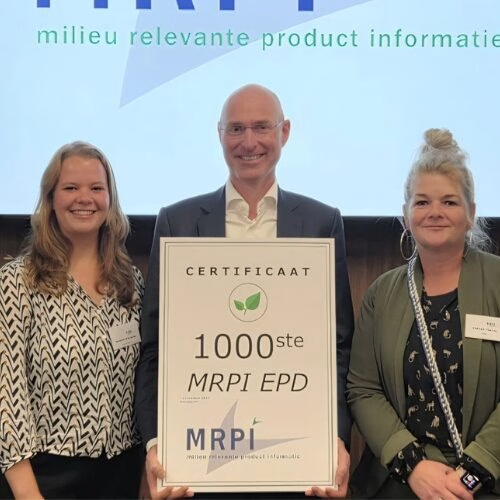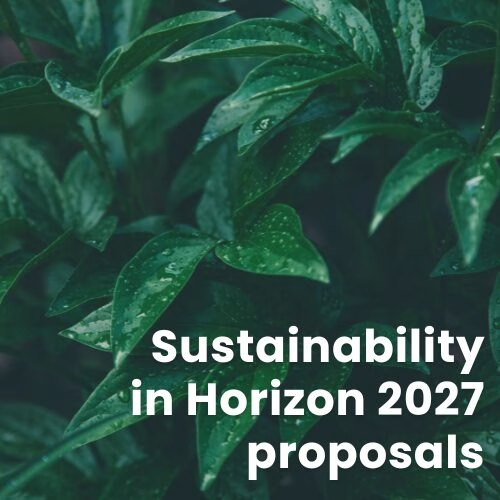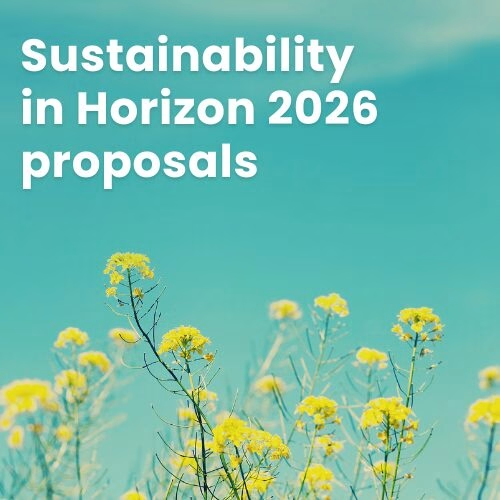If you keep sustainability as part of your strategy, it is of vital importance to know which aspects of sustainability are important for your company, and what it is actually that you need to track. This means you would have to identify and assess different economic, environmental, and social aspects that can potentially affect your business directly or through stakeholders. In official terms, you’d have to conduct a materiality assessment. Here are some insights to make it easier.
So, where to begin?
1. Find a framework
If you plan to lay out your strategy and performance in a report, you might be required to follow certain frameworks in the assessment of material topics. If you do not plan to publish a CSR, ESG, or sustainability report and follow any particular framework, then it is up to you to decide how to identify what matters. However, sustainability reporting frameworks do suggest simple and logical approaches to it, so you still might want to have a look. One of the most comprehensive, and yet open for variations in implementation, approaches is the one suggested by the Global Reporting Initiative (GRI) standards.
2. Choose the right approach
The GRI standards set up the task of the assessment in two dimensions: the significance of environmental, economic and social impacts on one hand, and the importance of certain topics for stakeholders on the other (see the matrix representing it in the picture). That is one of the most solid approaches which would ensure that you track the aspects for valuable improvement while making your company’s activities in the sustainability arena more accepted and approved, thus opening new business opportunities. The all-round approach however might require time and resources. If you’re short on those and don’t need to follow GRI, you might consider other dimensions or even go for a materiality bar.

Visual representation of the materiality matrix by GRI. Source: GRI
3. List the topics
To make a comprehensive assessment of what is important and what is not, consider everything at the start. Brainstorm, get every topic from your chosen framework, look into other companies’ reports, and check with industry recommendations and stakeholder studies. Don’t forget to include open questions in your methods later. You might end up with a very long list that could be hard to work with. In that case, try to group some close topics together. Generally, look at it as your buffer to cut the non-material stuff later.
4. Choose wisely who and how to ask
Diversify the respondents as much as your resources and time allow: by the stakeholder role, by area of expertise, by position level, etc. – especially if it is the first time you perform materiality assessment. That would help to get the strategy priorities straight. Whether you’re going for a matrix or for a bar, include sustainability experts in the materiality assessment. Then move to the most influential stakeholders. There are plenty of tools to use: meetings, surveys, dialogues, screening studies, and desk research. Make sure the tool you choose is appropriate for the scale of the action and depth you are aiming at.
5. Be transparent
Set up the evaluation ranges – how do you define different levels of importance? Try to quantify the importance to make it measurable and clear for assessments.
6. Be consistent
Keep to the same list of topics when talking to different stakeholders and assessing different impacts. Ideally, have the same names and definitions to present. If the tools allow that, use the same evaluation methods to measure importance, or at least the same endpoints.
7. Document it
Do document clearly what and how you did. Notes, surveys, minutes, evaluation forms, reports, literature review tables – store it all. That will help you immensely further in building the strategy, reporting, and going smoothly through audits shall they happen, and in the more distant future – in re-assessment.
8. Keep your finger on the pulse.
Your organization changes over time, much like the world around it, and stakeholders’ preferences. This is likely to shift the materiality across the topics. Keep monitoring the situation, regularly check if the materiality assessment is still valid, and revisit it when needed: whether it’s to partly update it or to redo it completely.
The aim of the materiality assessment
The aim of the materiality assessment is to help you to develop an effective strategy that targets the most significant impacts of your organization, and to inform your stakeholders that what matters to them also matters to you. If done and communicated wisely, it will pay back plenty!














